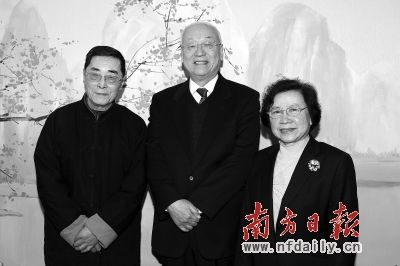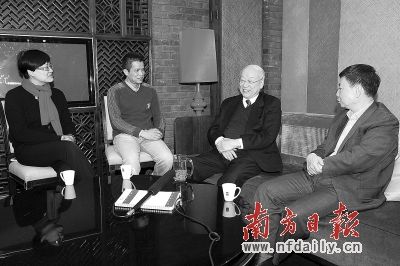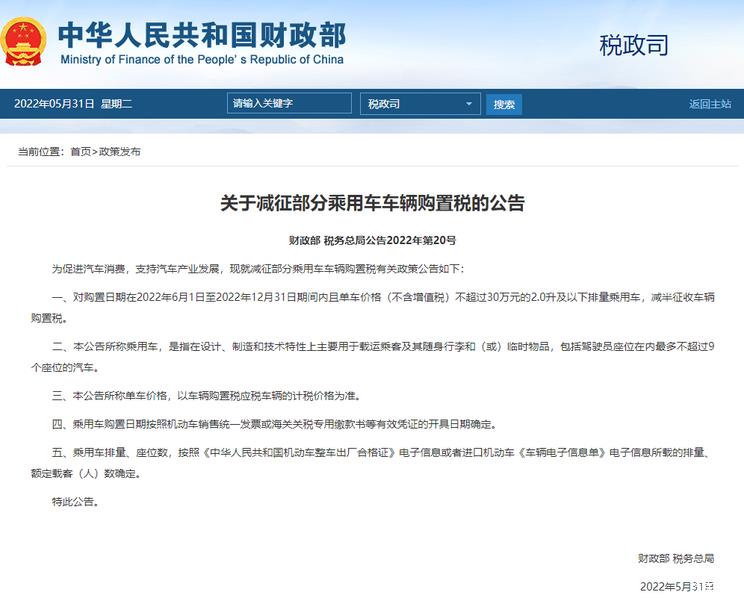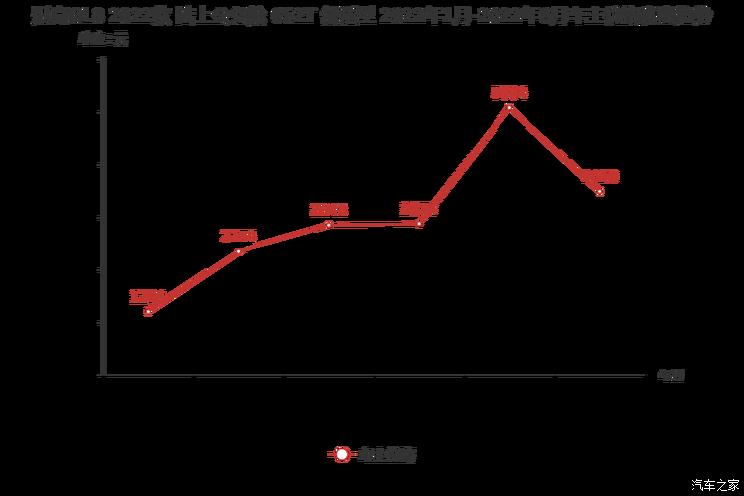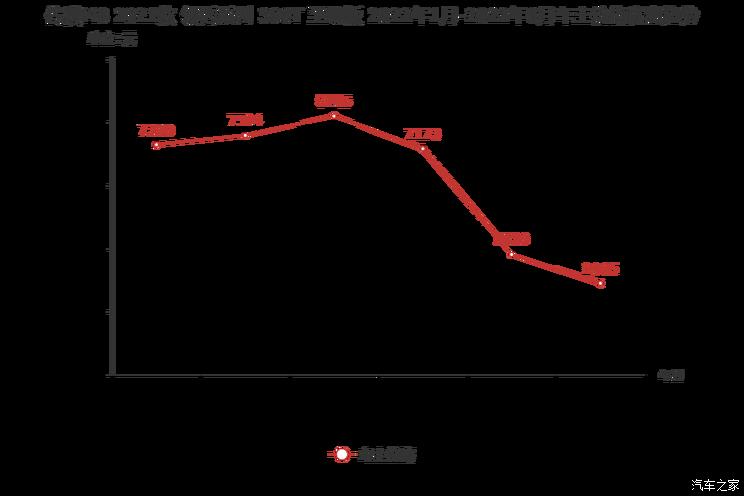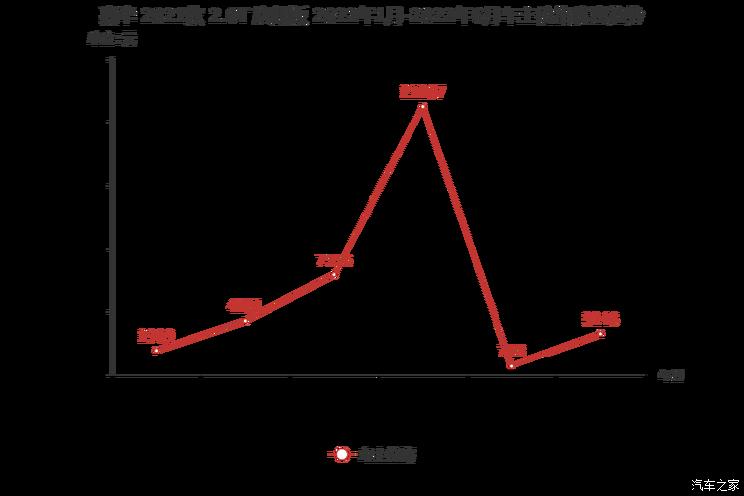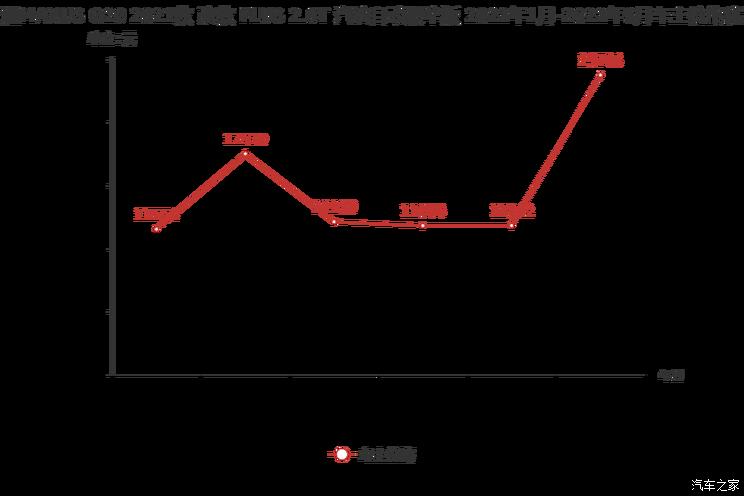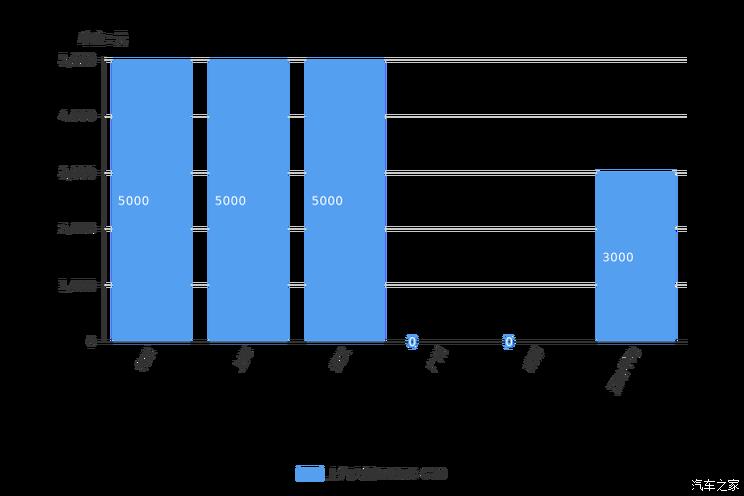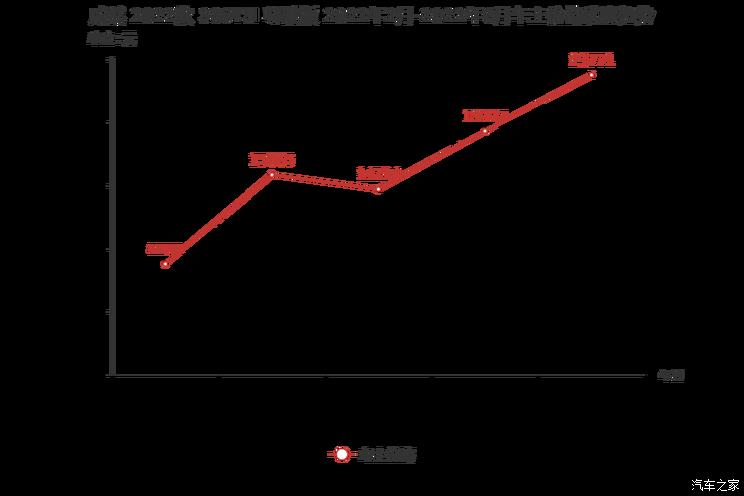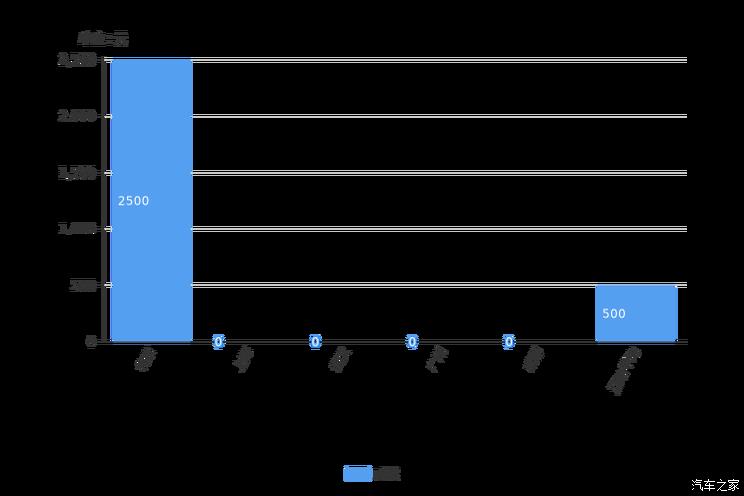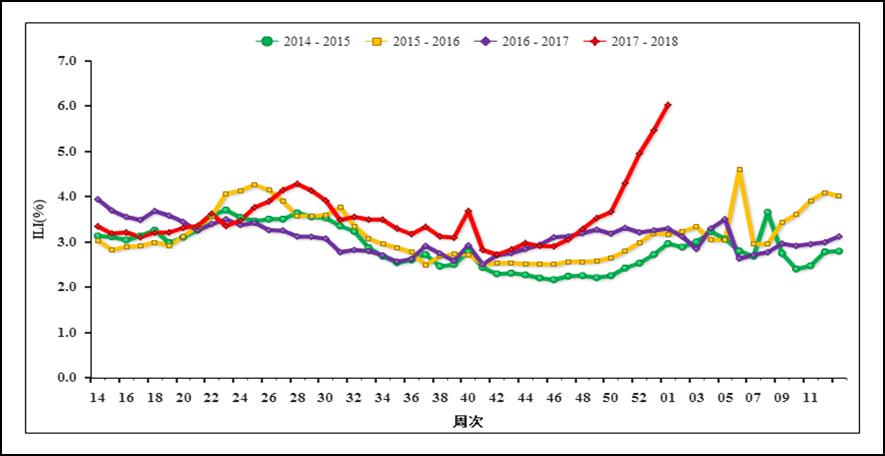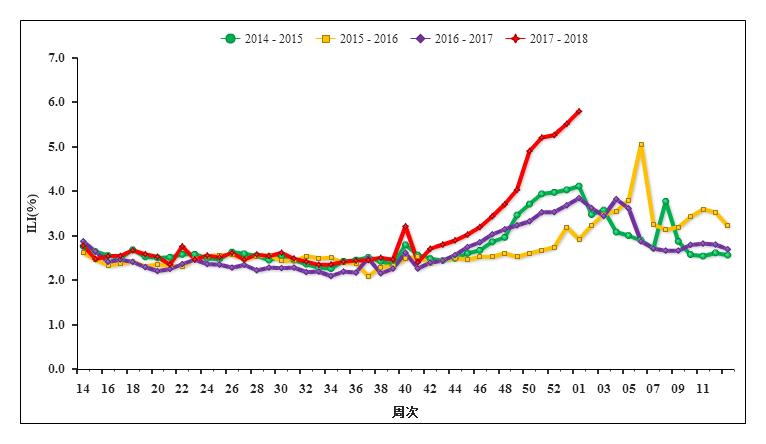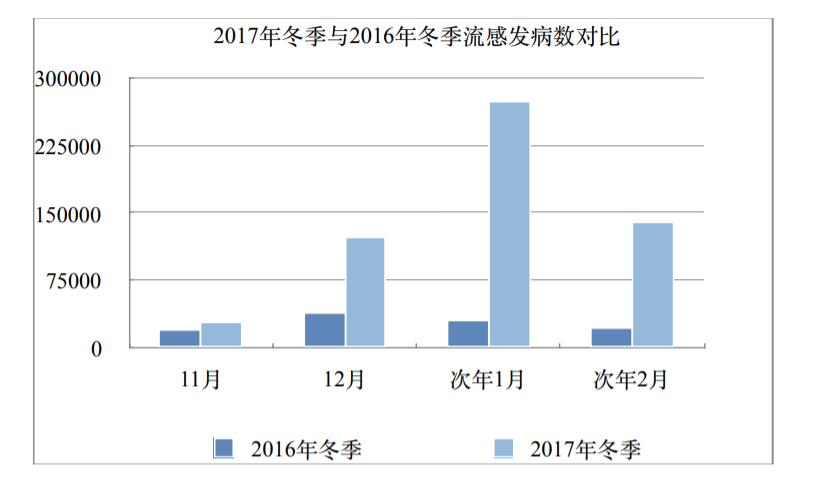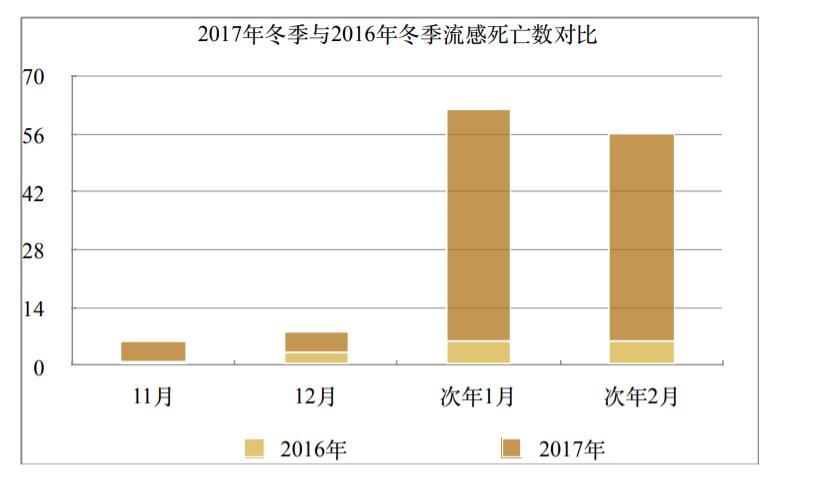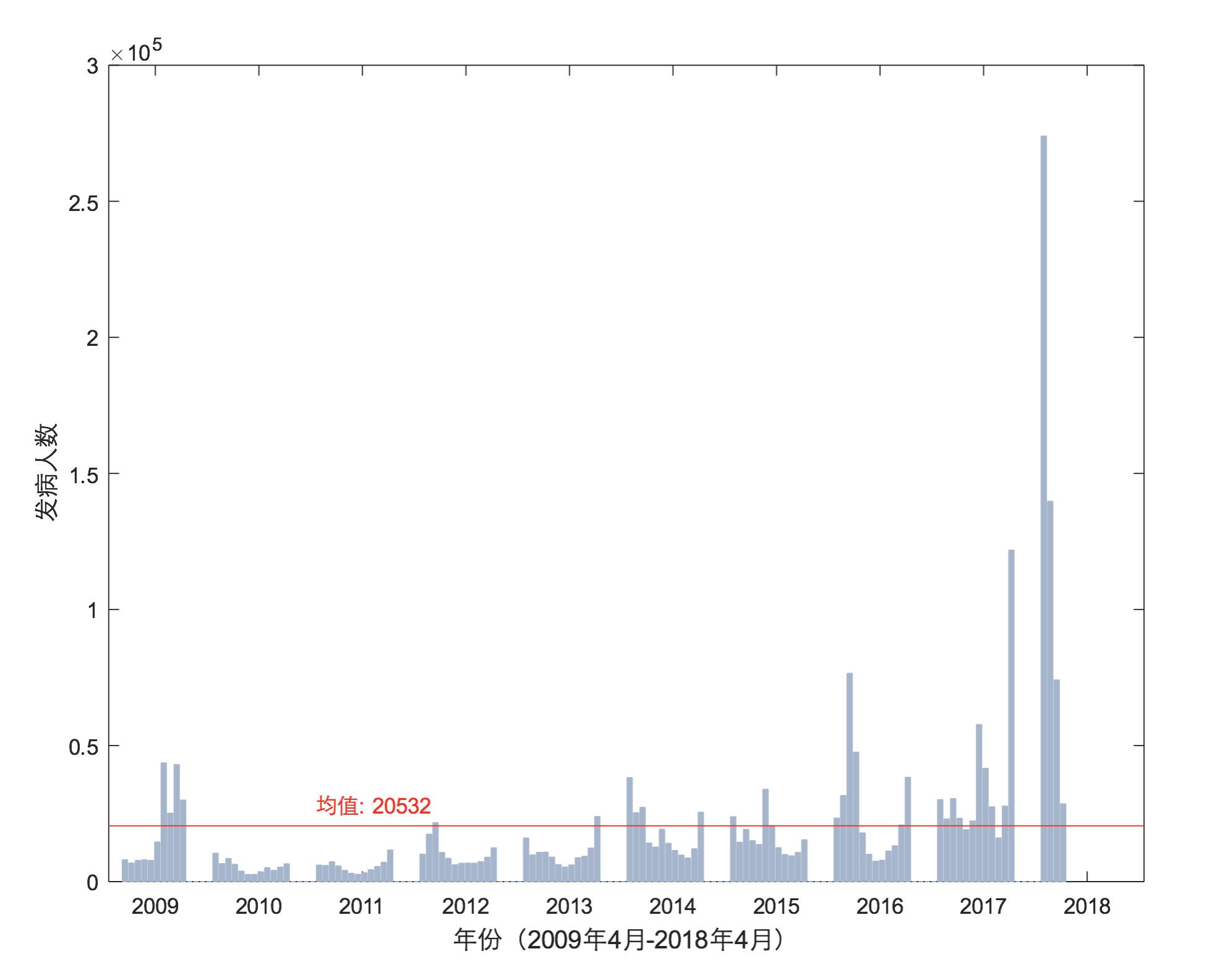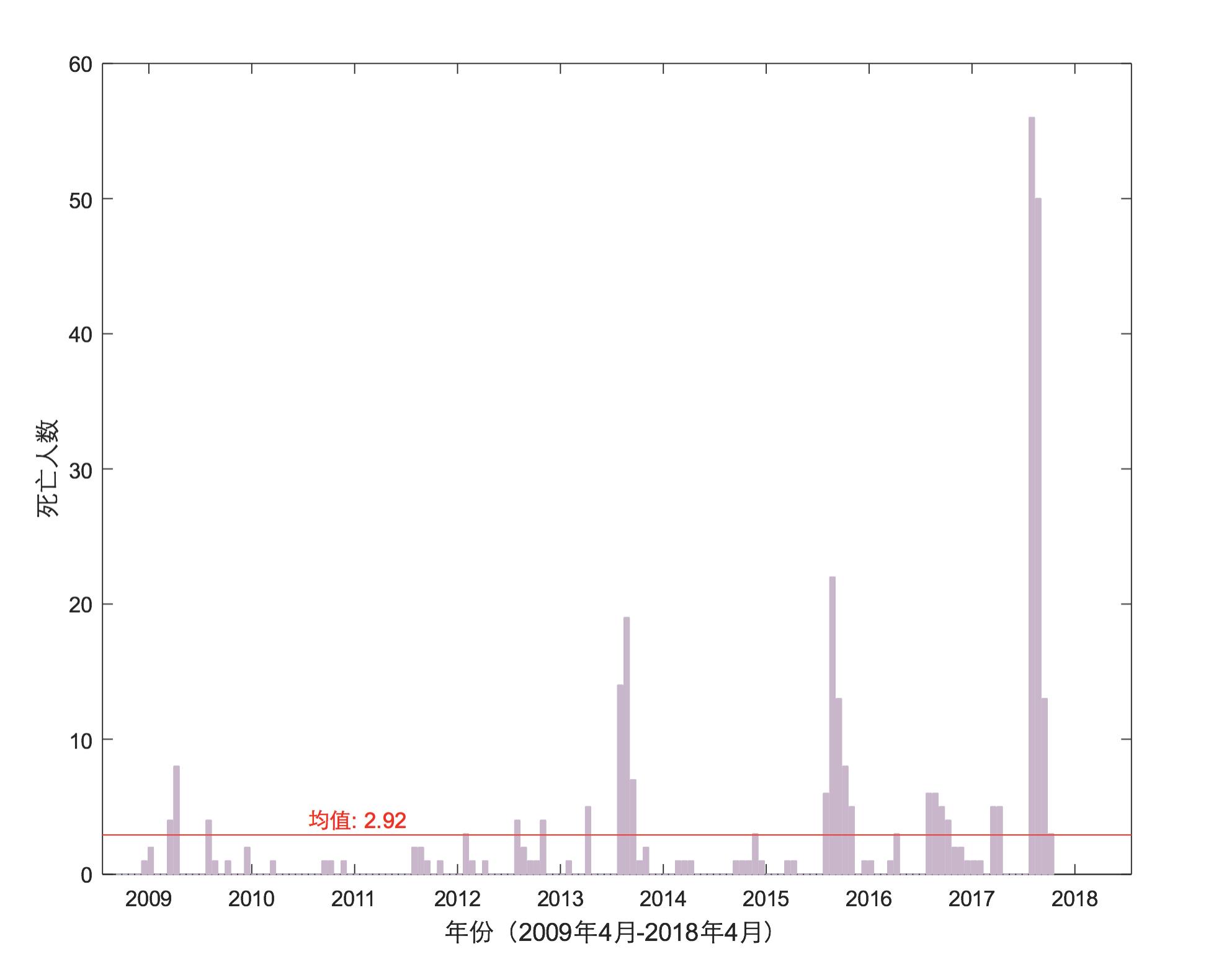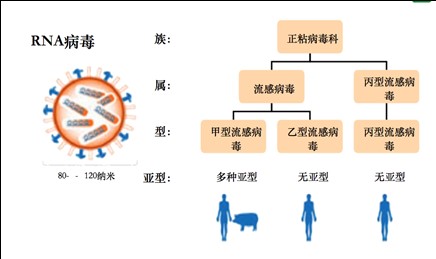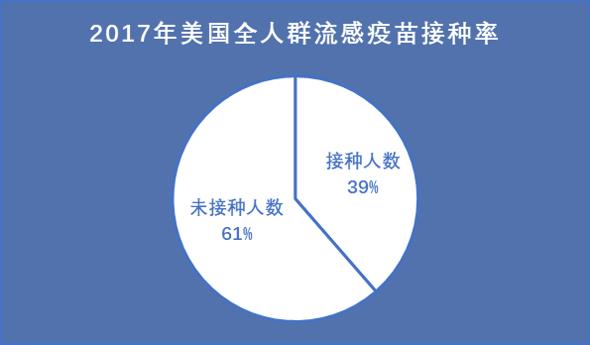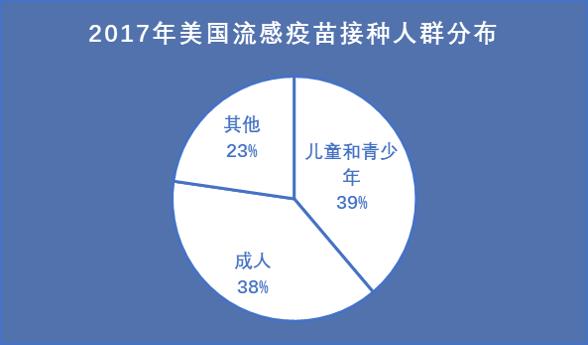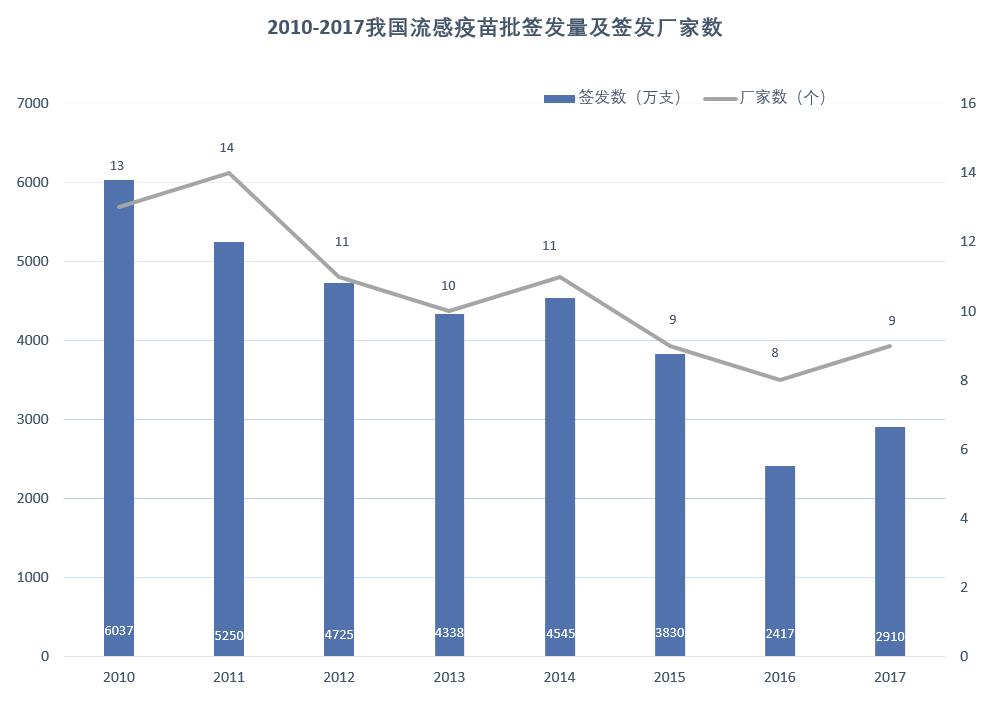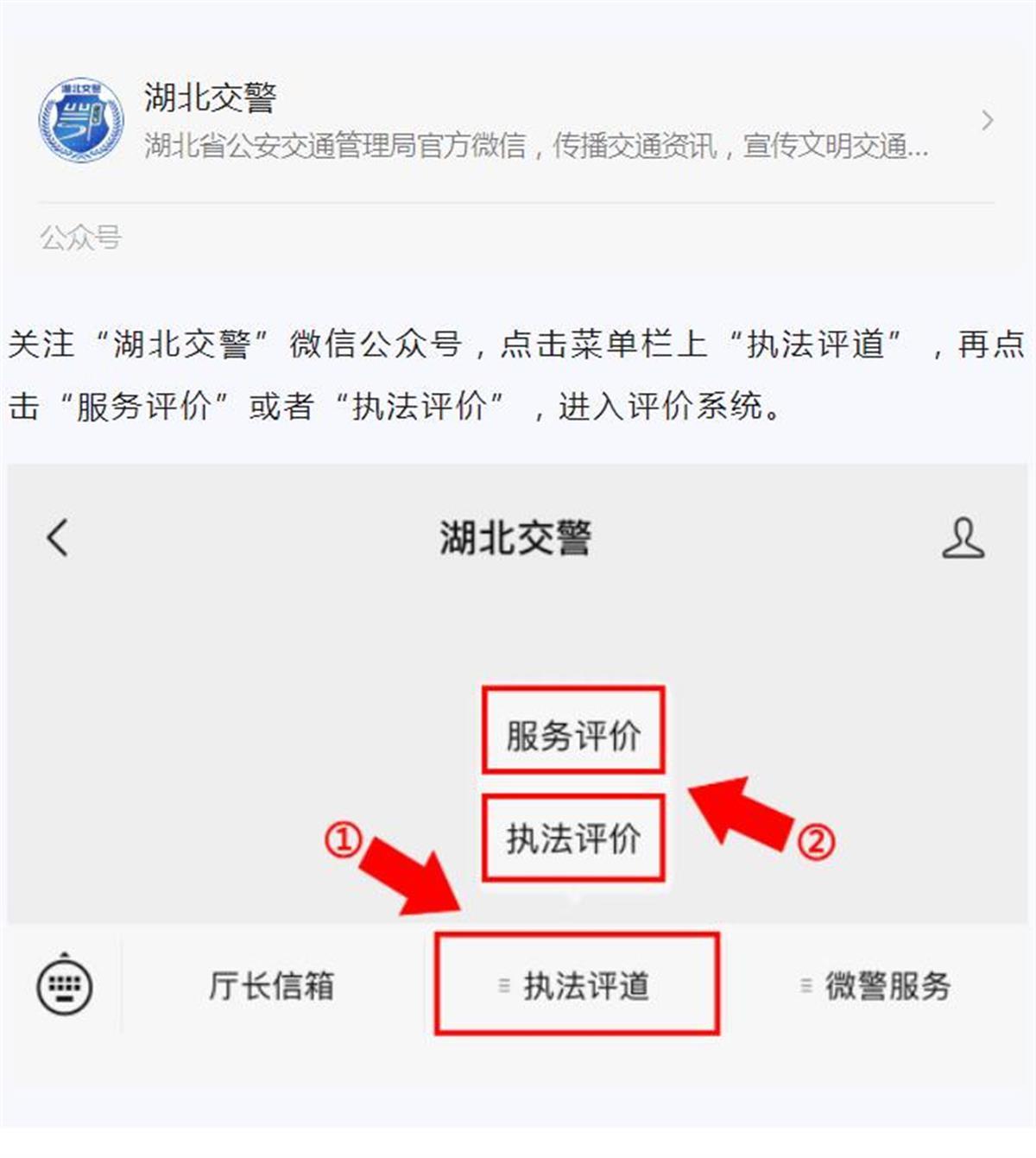Muscle strength and health of the elderly, for parents to collect.
Author: Zhu Weimo
Academician of the National Academy of Kinesiology, tenured professor and doctoral supervisor of the University of Illinois at Urbana-Champaign.
He is good at the measurement and evaluation of exercise and health, the research and application of exercise prescription, the role of eastern and western exercise in health promotion and disease prevention, and the influence of sedentary on modern people’s health.
In 2017, he wrote and published the book Sedentary Behavior and Health: Concepts, Assessments, and Interventions.
Article source: Academician Zhu Weimo
China Clinical Nutrition Network has been authorized to reprint
The importance of exercise to health is being recognized by more and more middle-aged and elderly friends. The aunt’s square dance in full swing and the surging explosion are good evidence. However, with a little attention, it is not difficult to find that few people in these exercise groups are doing strength training. It can be said that neglecting strength training may be the biggest misunderstanding in physical fitness and health preservation for middle-aged and elderly people in China. So what is strength training? Why is strength training very important for the health of middle-aged and elderly people? How should middle-aged and elderly people carry out strength training? Today, this article introduces you in detail.
Muscle ABC
To understand the importance of strength training to the health of middle-aged and elderly people, we should start with skeletal muscle. The so-called skeletal muscle is what is usually called muscle or what people call "lean meat"; The human body has nearly 700 muscles.
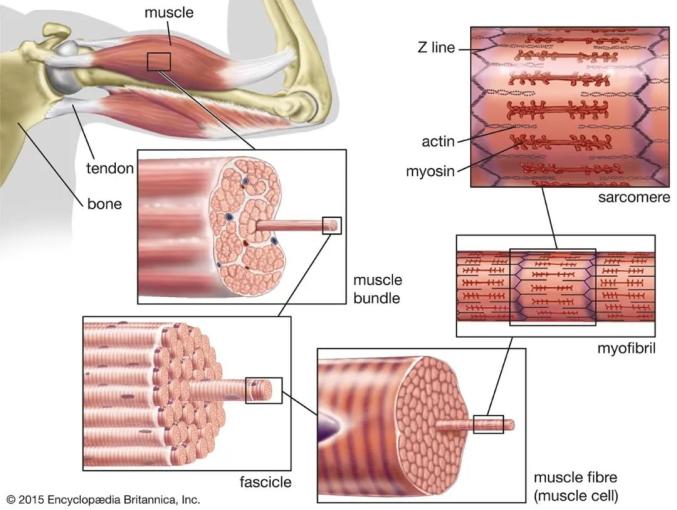
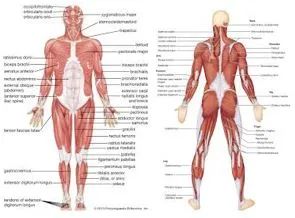
The smallest functional unit of muscle is muscle fiber. Muscle fibers can be roughly divided into two categories: red muscle fibers and white muscle fibers. Red muscle fiber, also known as slow muscle fiber, is characterized by low strength but excellent endurance. On the contrary, white muscle fibers are also called fast muscle fibers. It is characterized by great strength and poor endurance. Therefore, it is not difficult to imagine that the percentage of red muscle fibers of world-class marathon athletes can reach 93%-99%, on the contrary, the white muscle fibers of high-level sprinters can reach 75%.
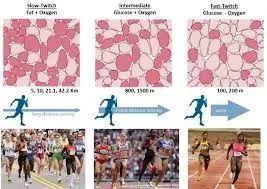
Each group of muscle fibers is connected and controlled by a motor neuron. During exercise, neurons discharge and their connected muscle fibers contract after a series of chemical reactions. Therefore, motor neurons and connected muscle fibers are collectively called Motor Unit. Muscle contraction is accomplished by the participation of thousands of sports units.
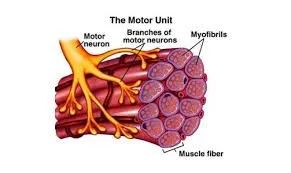
It is generally believed that the proportion of fast and slow muscles is determined by nature. The study of twins proves that the proportion of fast and slow muscles is basically unchanged from birth to adulthood, but as people get older, the number of fast muscle fibers gradually decreases, and the proportion of slow muscle fibers naturally increases. In addition to the types of muscle fibers, the other factors that determine muscle strength are the number and volume of muscle fibers. It is generally believed that the number of muscle fibers is also determined by nature.
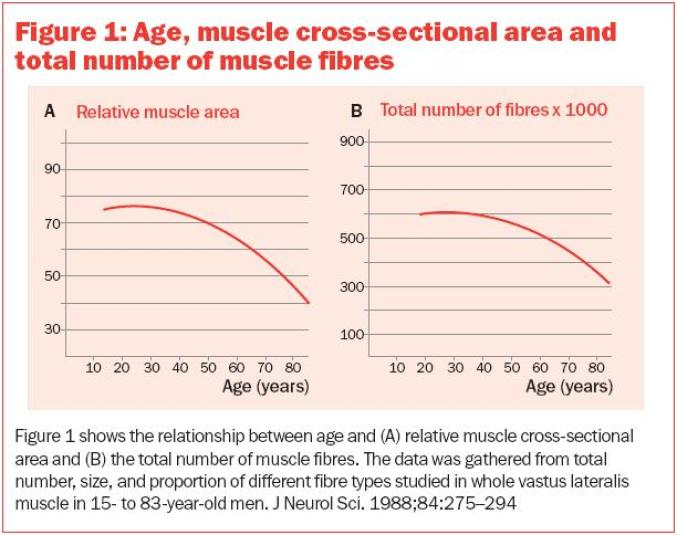
The function of training is mainly on the surface/volume of muscle fibers. After a period of training, muscle fibers grow stronger and their strength naturally increases. On the contrary, if you don’t use muscles for a long time, the area of muscle fibers will shrink and the strength will naturally become smaller. Muscle fiber volume plays an important role in strength, but it is not the only factor. For example, women can increase their strength several times through strength training, but the muscle volume has hardly increased. The main reason for this increase in strength is the change of nerve regulation on muscle. Through training, the mobilization of sports units can be greatly "increased" in unit time, and more muscle fibers participate in the work, and the strength will naturally increase.

(Image from WeChat public platform public photo gallery)
Muscle, strength and health
Life lies in exercise. In the long human evolution, sports ability is one of the most basic abilities for human survival. Muscle is the "engine" of exercise. Strong muscles and the strength they bring are naturally the most basic guarantee for human survival and health. Studies show that healthy women’s muscles account for 23% of their weight, while men’s are more than 40%.
The latest research also has a further profound understanding of the relationship between muscle and health and disease:
Positive effects of muscle protein on systemic metabolism. For many body organs (such as brain, heart and liver), ensuring the stability of protein is the most basic condition for human survival. As early as 1960s, people have realized that muscle protein can be converted into blood amino acids to ensure the stability of other important organs when nutrition is deficient. Recent research on AIDS patients shows that the degree of muscle atrophy is directly related to their life span.
Muscles and diseases. Studies have also shown that muscles are directly related to many diseases. Take patients with heart failure and cancer as examples. Patients with these two diseases are characterized by rapid muscle atrophy. Moreover, the degree of atrophy has also been proved to be one of the important predictors of their survival.
Muscle and diabetes. An initial symptom of diabetes is that normal concentration of insulin has no effect on muscle to remove excess blood sugar, which is called "insulin resistance" in clinical medicine. New research shows that the precipitation of triglycerides in muscle is directly related to diabetes.
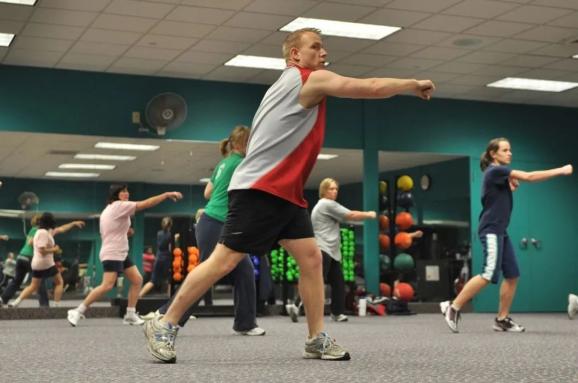
(Image from WeChat public platform public photo gallery)
Muscle and osteoporosis. As far as bone health is concerned, in addition to the gravity caused by body weight and exercise, the influence of muscle contraction on bones is particularly important. A large number of studies have proved that muscle volume is directly related to other bone health indicators such as bone mineral density.
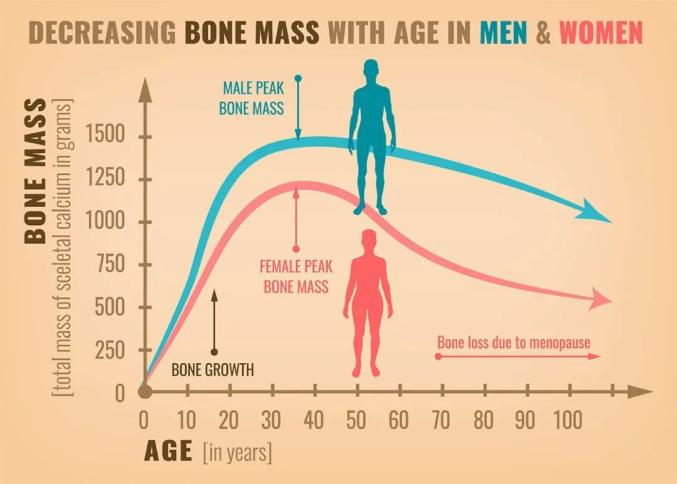
Muscle and obesity. About 70% of the energy we consume is used to maintain life, which is called basal metabolism. Therefore, effectively improving basal metabolism is the most effective way to reduce obesity. Because skeletal muscle in the body is a big consumer of basal metabolism, it is particularly important to ensure the proportion of skeletal muscle in the body. The most effective way to maintain skeletal muscle through exercise is strength training. The role of strength training in weight loss is just a big misunderstanding of China people (perhaps including many professionals) in physical exercise.
Young women think they are here to lose weight, and strength training makes muscle blocks bigger and more ugly; Old people think that holding your breath often in strength training will put too much pressure on the heart load; "Professional" people think aerobic exercise is the best way to burn fat. In fact, these views are "outdated" or incorrect.
Because of estrogen, young women don’t practice "blocks" in general strength training. On the contrary, combining small and medium strength training with aerobic exercise is actually the best way to improve the percentage of muscles and thus the basal metabolic rate. On the contrary, weight loss/weight control only by diet control is difficult to adhere to, and it is easy to lead to "hidden" obesity (note: hidden obesity refers to the phenomenon that the weight seems normal, but the fat percentage is high; Height and body mass index can not accurately determine the percentage of fat to determine whether it is "hidden" obesity, and it needs to be determined by sebum forceps or electrical impedance method or dual-energy X-ray method).
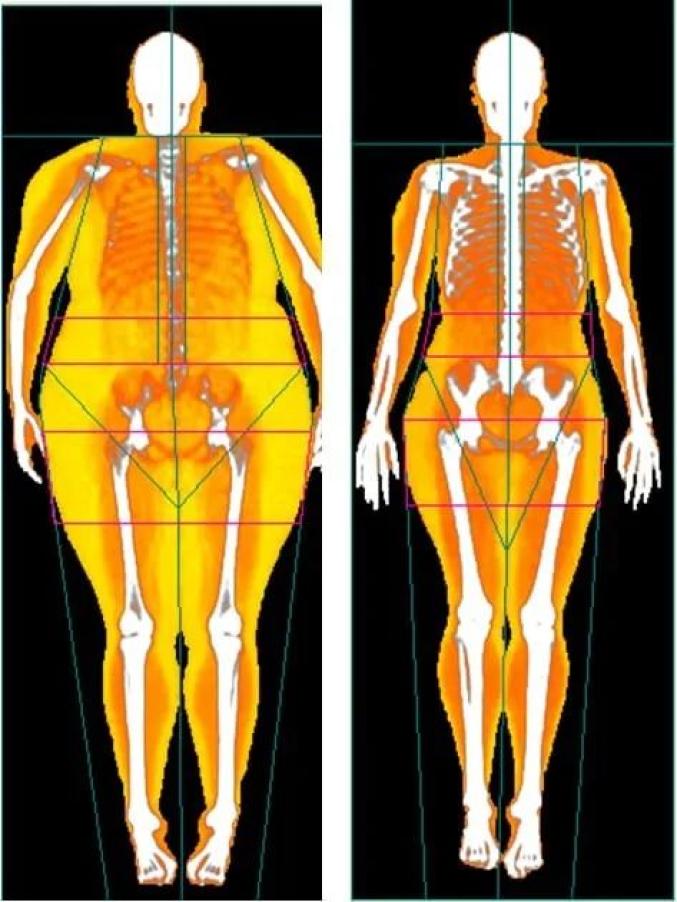
Muscle and weight. Since the age of 30, people’s muscles begin to decline. If they don’t exercise, by the age of 50, their muscle volume has shrunk by 10%, and between the ages of 60 and 70, it has shrunk by about 15%. After the age of 80, it can shrink by as much as 30% every decade. On average, after the age of 40, muscle atrophy is about 5 kg every ten years, while fat increases about 10 kg in the same period. On the whole, unhealthy weight is equivalent to increasing about 15 kg every ten years! If you only rely on diet to adjust your weight, although it is helpful to "bad weight" (that is, fat), it is of little help to maintain "good weight" (that is, muscle). Why is muscle called "good weight"? This is because muscle can help the body clean up excess blood sugar, and the increase of muscle volume can help people improve their basal metabolic rate. With greater strength, people are willing to move and their aerobic skills are also improved.
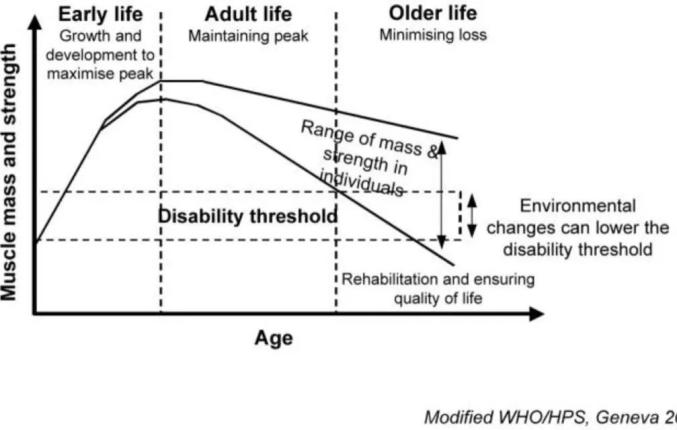
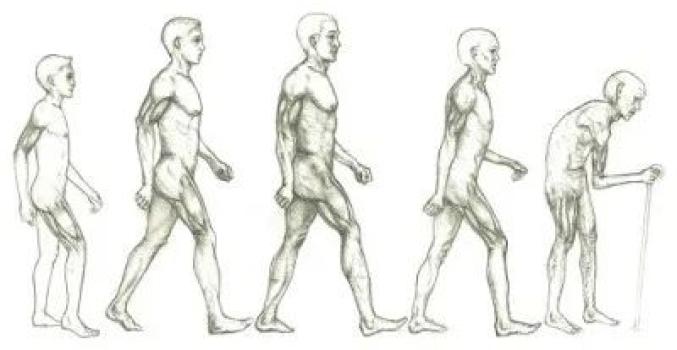
The effect of strength on health is mainly manifested in the functions of daily life, such as getting up, going to the toilet, going out for a walk, taking grandchildren, climbing stairs, taking away jam jars and shopping in supermarkets. Sufficient strength is also very helpful to prevent accidental injuries. The prevention and treatment of lumbago by the muscle strength of the back, the prevention of knee injury by the muscle strength of the thigh, and the possible study of the whole leg strength on the fall of the elderly have all proved the positive role of strength in our health and life. The prevention and treatment of diseases by strength, such as diabetes, hypertension, falls, osteoporosis, arthritis, insomnia, fatigue and depression, have also been confirmed by a large number of studies.
Effect of aging on muscle strength and strength
Time and tide wait for no man. With the growth of age, people’s basic functions gradually decline, which is a natural law. The same is true for muscles and strength. Research shows (for example, Lexell et al., 1988) that human strength begins to decline after 40 years old. Between 50 and 70 years old, the annual decline is about 1% to 1.5%, and after 70 years old, it drops by about 3% every year.

A study of 70-year-old people in the United States shows that:
26% people have to have a rest while climbing a floor;
31% people can’t lift shopping weighing about 9 kilograms;
36% people have difficulty walking a few blocks;
So what is the main reason for the decline of the strength of the elderly? The answers are muscle atrophy, decreased fast muscle fibers, decreased function of muscle neurons and low blood supply to muscles:
Muscle atrophy. Muscle strength is directly related to muscle size. McArdle et al. (2001) research shows that every square centimeter of muscle can produce 16 to 30 Newton’s force, regardless of gender. Without strength training, muscles begin to decline after the age of 30, and the degree of atrophy can reach 20%-40% by the age of 60. Muscle quality also changes qualitatively with atrophy: in young adults, 70% of the muscles are muscle fibers, but in the elderly, the proportion is only 50% (see the comparison between young adults and the elderly).
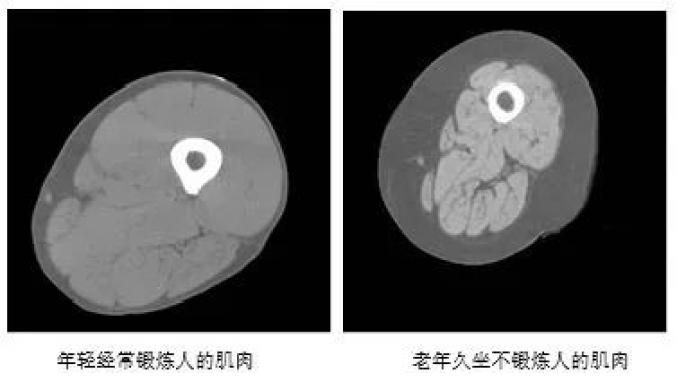
Decreased fast muscle fibers. With the increase of age, fast muscle fibers gradually decrease. It is reported in some studies (for example, Singh et al., 1999) that the percentage of decline can reach 60%.
Decreased function of muscle neurons. According to the research (Rice, 2000), muscle neurons decline at a rate of 1% every year after 30 years old, and even faster after 60 years old. With fewer muscle neurons, the ability to mobilize a large number of muscle fibers and participate in work naturally declines.
Decreased muscle blood supply function. With the increase of age, the ability of blood supply and oxygen supply of muscle capillaries decreases in the elderly, especially those who are sedentary. "Malnourished" muscle fibers naturally cannot achieve their due functions when working.
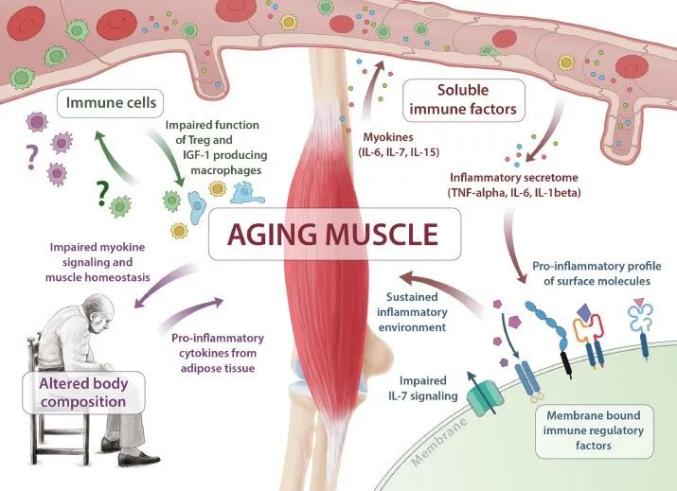
Sunset, infinite beauty, only close to the dusk. In the face of declining physical condition, many elderly friends often just sigh. A few people spend a lot of money to find a "panacea" or a "pill for growing old" also ended in failure. In fact, the best way to resist muscle aging is strength training.
Note: Some pictures in this article come from the Internet.
Preview: The next issue will tell you about how the elderly practice their strength!
Editorial Department of China Clinical Nutrition Network
Read the original text



